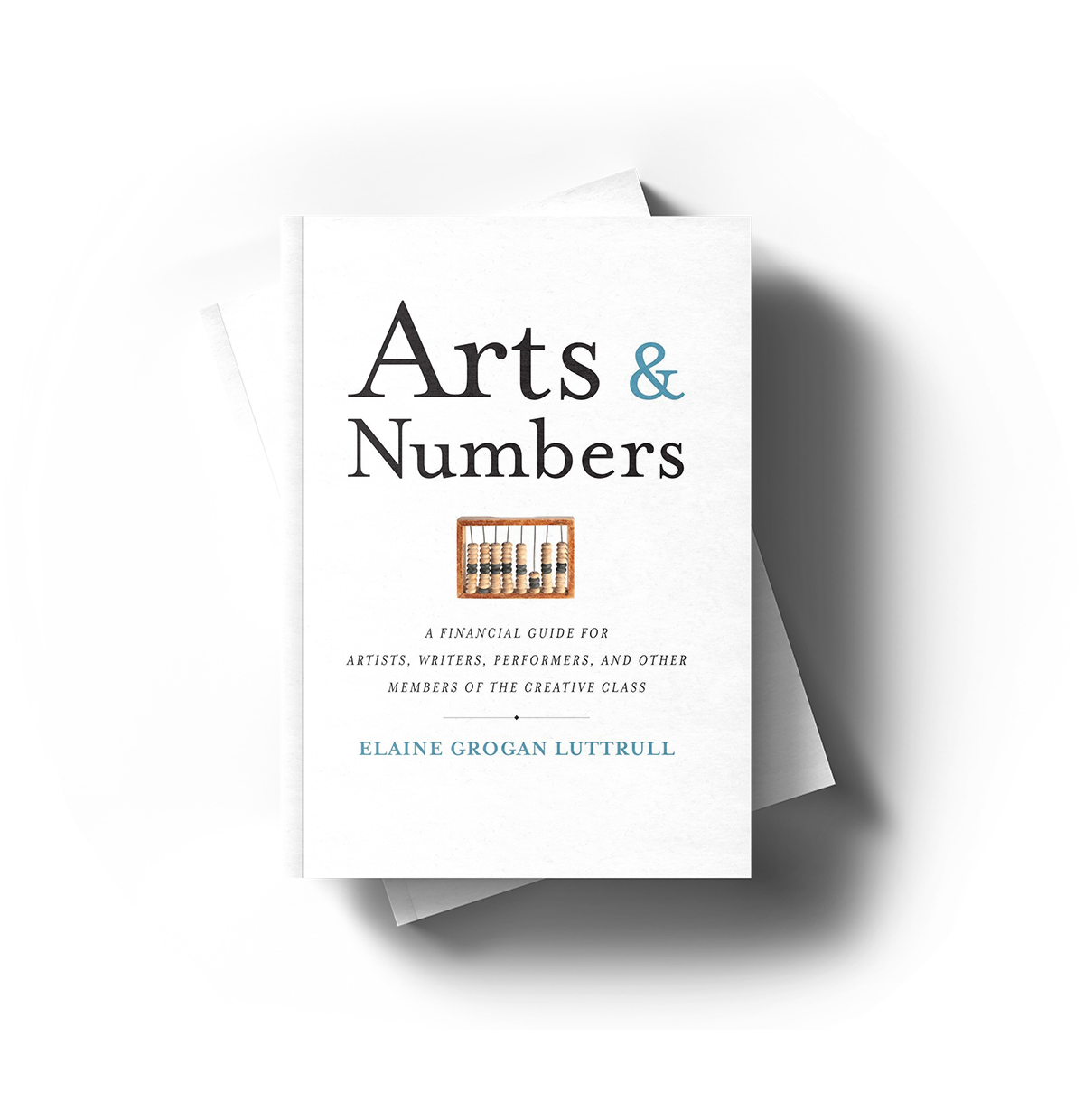March 24, 2013 • Musings

It is no secret that I love statistics and numbers. I love it when numbers surprise me, and I love it even more when they tie together nicely in puzzle form.
Accounting is like that. The numbers are supposed to work out, and when they do, I get really excited. It’s like completing a puzzle. Even if you know the puzzle is supposed to work out perfectly, it is still satisfying to fit the last piece, sometimes after turning it and flipping it and cursing it.
In one of the Arts & Numbers story lines, Caroline struggles to piece together her budget and her financial statements. The story covers multiple chapter and plenty of variables, but when it worked out numerically, I was thrilled. I knew with complete certainty that it would; I wrote it after all. But I was still thrilled when it worked.
But despite my professed love for statistics an neat and tidy accounting puzzles, I love a good upset. Unlike accounting, where inputs determine the output, and accurate inputs drive solved outputs, in statistics, there is often a chance that there will be a different result. In accounting, 2 + 2 is always 4. In statistics, 2 + 2 is probably 4.
And exceptions to that “probably” are powerful. They are why we can be optimistic people; there is a chance of an unexpected outcome, no matter how small.
Those exceptions are on prominent display now, in the NCAA’s March Madness basketball tournament where 68 teams play through a series of games, single elimination. The exceptions are why we cheer Florida Gulf Coast University or Wichita State as they beat statistically superior teams like Georgetown and Gonzaga (despite the negative effects such upsets have on our brackets).
The exceptions are why we even bother playing the games.
Over the long run, in 100 match-ups between Florida Gulf Coast University and Georgetown, Georgetown might win 90 times. But in March Madness, the teams only play once. And that one game might have an expected outcome or an unexpected one. Both work out just fine.
The statistical modeling used by Billy Beane as the general manager of the Oakland A’s (and the subject of Michael Lewis’s book and the movie based on it, Moneyball) works the same way. The theory and models used work really well over the entire season (~162 games). The playoffs don’t include enough games for a “long run.” They are more akin to single-elimination March Madness tournament games than the hypothetical 100-game match-up in which the statistically superior team wins 90 times.
But the choices we make as artists and creative entrepreneurs defy the odds as well. We measure the odds and we make reasonably informed decisions by using business plan tools and budgeting strategies and analysis. But we believe in what we do (as Florida Gulf Coast University and Wichita State does), and we hope for the best.
And sometimes, we even win.


